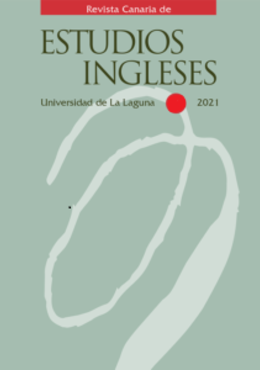"Tristan and Iseult": John Updike's Medieval Method or an Ancient Mirror for Modern Man
Abstract
Updike began to explore the Tristan legend after reading Denis de Rougemont’s books Love in the Western World and Love Declared which he examined exhaustively in the early 1960s and, although he did not wholly agree with the entire content of Denis de Rougemont’s thoughts, it left a very deep impression on him. Consequently, Updike uses the story of Tristan and Iseult in three novels and several of his short stories mostly to deal with the issue of conjugal infidelity and to present the traditional themes of the legend like selfaffirmation, social marginalization, indecision, despair, sexuality, life, and death in contemporary settings. In both his novels and short stories, Updike tries to modernize the legend dissecting marital conflict and generally showing adultery as the escape valve which will lead the lovers to the paradoxical world of unreal freedom where the mixture of intense passion and pain will finally threaten the family and the social order of the protagonists just like in the Tristan romances of old.



